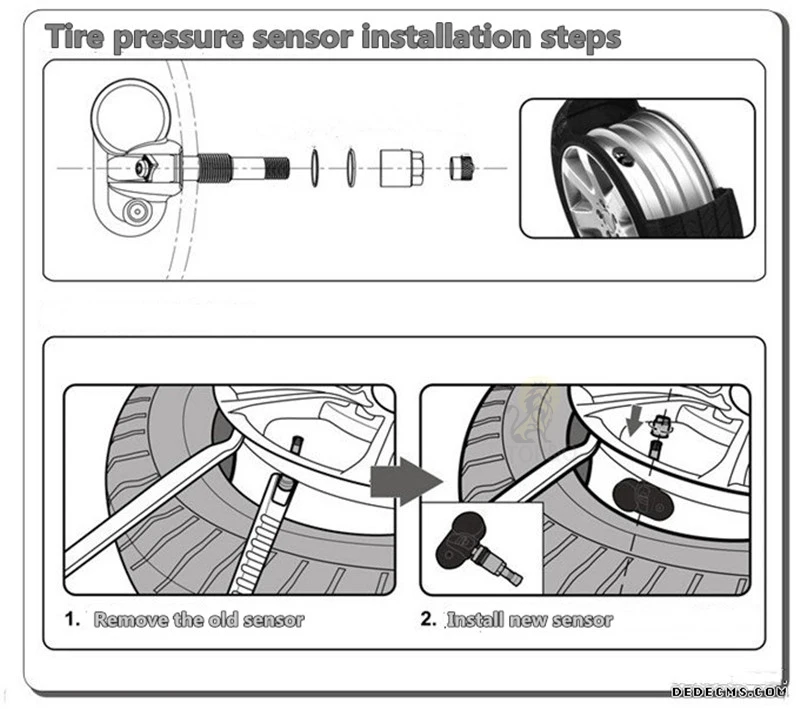When your tire is underinflated, an icon, horseshoe-like with an exclamation point, illuminates on the gauge cluster of your car’s dashboard. The technology responsible for giving out this alert is the tire pressure monitoring system (TPMS).
The TPMS gets information regarding their air pressure level from sensors. Depending on the type of TPMS installed in your car, the system may be relying on air pressure sensors inside your tires or the anti-lock brake system wheel speed sensors.
Why Do People Opt to Disable Their Tire Sensors?Clearly, these sensors are critical for your TPMS to work. But why do some car owners choose to disable their tire sensors?
First, you have to understand that sensors need to be in tiptop condition and mounted properly as well as reset accordingly to avoid false underinflated or overinflated tire alerts.
Yes, you read that right! Your TPMS may warn you that one of your tires do not have the correct air pressure level even if there is no real issue. There are various reasons for this, but the problem has something to do with the sensors most of the time.
For example, the TPMS warning light turns on when a relearn is not done after replacing your flat tire. In this situation, the system is still getting signals from the replaced underinflated tire instead of the new one. This is why you get an alert that you have a flat tire.
False TPMS warning alerts rarely indicate a major issue with your vehicle – one that diminishes its roadworthiness and threatens your safety. However, dealing with them can be inconvenient, annoying and even expensive since you might need professional help to resolve the issue.
These false alerts can also be distracting as the warning light stays on until the issue is resolved. This can be dangerous since a distracted driver is more likely to get in a car collision.
Inconvenience, annoyance, additional expense and safety hazards – these are just some of the reasons why a handful of car owners are disabling their TPMS.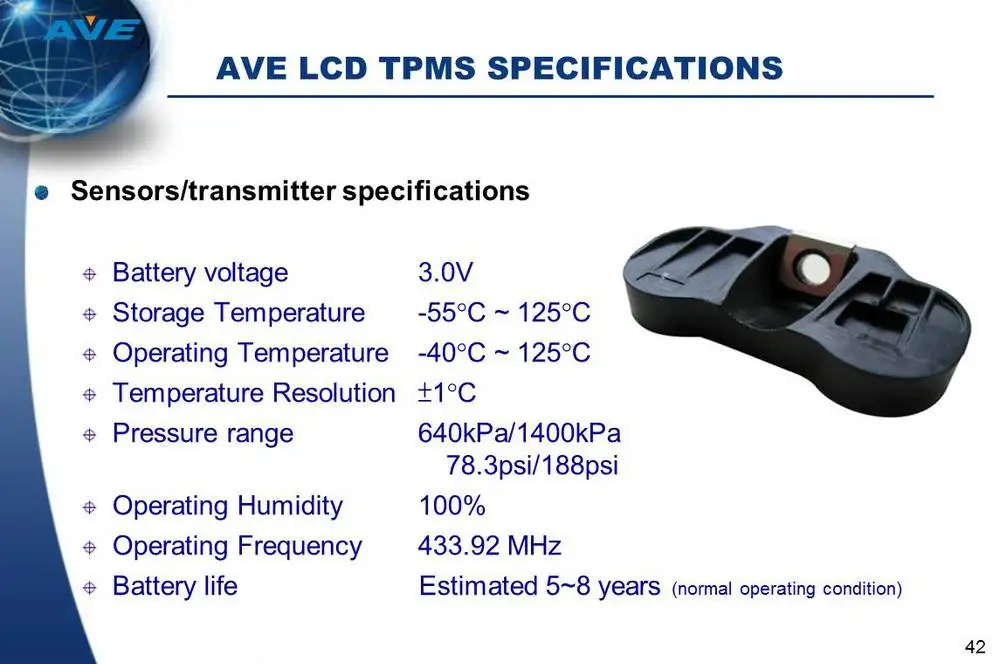
When people ask about disabling their tire sensors, what they actually want to know is if there’s a fuse that can turn off the TPMS.
Currently, the tire pressure monitoring systems installed in vehicles do not have an on/off button. Similarly, cars do not have a built-in fuse to stop sensors from transmitting information to the electric control module (ECM).
Due to the absence of an on/off switch, some employ crude methods to disable their TPMS.
For example, some choose to remove one of the sensors or forego buying a replacement when it gets damaged. It should be noted, though, that these options do not turn off the TPMS. In fact, doing these things is going to cause the warning light to stay on.
Others resort to putting black tape on the icon to resolve the issue of having an illuminated TPMS warning light. This way, they no longer see it and get distracted.
You are going to find other proposed methods of disabling the TPMS. But unlike the one mentioned above, these methods would require you to tinker with your car’s wirings or ECM. Apart from being complicated, these options can be risky because they can compromise the roadworthiness of your vehicle.
Simple and Easy Way to Disable Your Tire SensorsNow, is there a better way of turning off your TPMS?
Yes, there is a sophisticated yet non-invasive method of disabling your tire pressure monitoring system. All you have to do is use an emulator designed to bypass the TPMS.
The TPMS bypass emulator is a small box-like device equipped with technology to “turn off” your tire pressure monitoring system. Once it is activated, you don’t have to worry about the TPMS warning light turning on. Even if you have a damaged sensor or forget to relearn after changing tires, the warning icon is no longer going to light up.
With this device, it is as if you have a TPMS on/off button. Activate it and keep it in your car to disable the TPMS. Deactivate the device if you want to enable the system and get alerts about your tire’s pressure level.
Activate it and keep it in your car to disable the TPMS. Deactivate the device if you want to enable the system and get alerts about your tire’s pressure level.
It is also worth mentioning that the device won’t require you to manipulate any wires in your car or modify the ECM. So, you don’t have to worry about making alterations that can interfere with the safety and performance of your vehicle.
In summary, you can disable your tire sensors or TPMS. There are different ways to do this, but it is best to choose a non-invasive and failproof method – using a TPMS bypass emulator. However, if you decide to disable your TPMS, make sure that you stay vigilant when it comes to the condition of your tires and regularly check their pressure level.
Want to disable your tire sensors or TPMS? Do it safely and successfully using our bypass emulator! Visit our website to view our products!
Subscribe
The upcoming era of electric vehicles is truly the topic of our time in this industry. As the infrastructure for this imminent change is getting put into place, it is easy to wonder what other changes will come our way when it comes to servicing these vehicles. As vehicles get smarter, safer and more efficient,
As the infrastructure for this imminent change is getting put into place, it is easy to wonder what other changes will come our way when it comes to servicing these vehicles. As vehicles get smarter, safer and more efficient,
The upcoming era of electric vehicles is truly the topic of our time in this industry. As the infrastructure for this imminent change is getting put into place, it is easy to wonder what other changes will come our way when it comes to servicing these vehicles. As vehicles get smarter, safer and more efficient, what parts become less necessary? One thing you can be sure of is there will continue to be a need for a sensor in the tire.
The Direct Tire Pressure Monitoring System (TPMS) might be one of the most straightforward systems to understand on today’s increasingly complicated vehicles. Explained simply: A battery-powered pressure sensor mounted to each wheel gauges tire air pressure and transmits via radio frequency (most commonly, 315 or 433 Mhz, depending on the vehicle) the pressure first to
By Allison Whitney
Over the past several years, many vehicle manufacturers have started moving away from aluminum clamp-in valve stems and switching to rubber snap-in valve stems instead.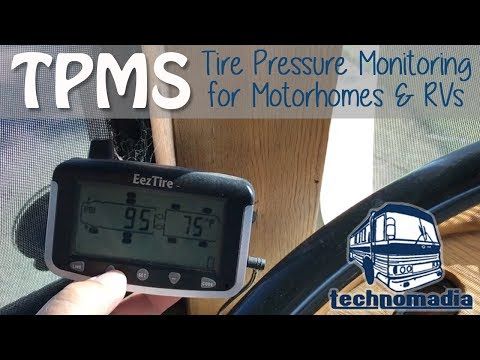 The main reason for this switch is that aluminum clamp-in stems are more susceptible to corrosion than their rubber counterparts; especially in certain climates and locations where the valve stem
The main reason for this switch is that aluminum clamp-in stems are more susceptible to corrosion than their rubber counterparts; especially in certain climates and locations where the valve stem
By Jacki Lutz
Programmable TPMS sensors revolutionized TPMS. They are a huge benefit to shops looking to increase inventory turns and are a saving grace during these times of extreme part proliferation. However, a very common and costly mistake at the shop level is confusing “programming” a sensor with to “relearning” the vehicle. Programming does not equal relearning.
By Jacki Lutz
One of the diagnostic mantras preached by service experts today is “test before you touch.” You should always use a TPMS tool to activate and check the response signal from each tire pressure sensor in each wheel before you do anything else.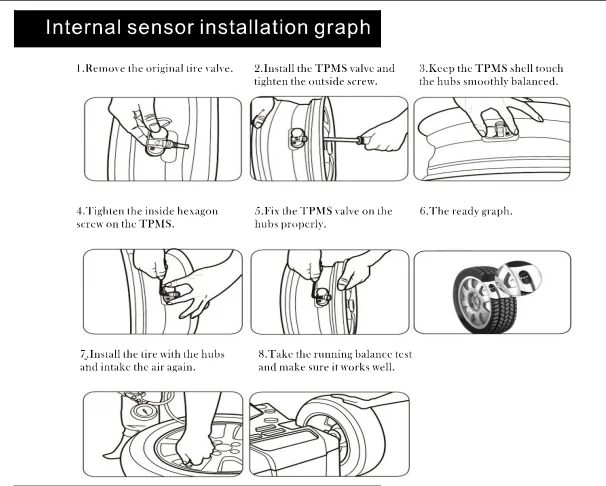 This will tell you: Related Articles – Avoiding TPMS Signal Interference During the
This will tell you: Related Articles – Avoiding TPMS Signal Interference During the
By Tire Review Staff
Sensata debuted its new Tire Mounted Sensor (TMS), which includes TPMS functionality as well as an accelerometer to detect the force with which the tire is striking the ground. Mounted directly to the tire’s inner liner, the TMS identifies the brand and model of the tire and provides data continuity for the specific tire throughout
By Samuel Grom
Hamaton is launching an aftermarket BLE (Bluetooth Low Energy) sensor exclusively for Tesla vehicles. Hamaton says the new sensor is a direct replacement for the Sysgration BLE sensor. The company says that an alert is sent to the vehicle’s computer system via BLE when air pressure drops to trigger the TPMS light. Related Articles –
Related Articles –
By Christian Hinton
As a tire dealer, I am sure you have one or two TPMS tools laying around your shop. While they may be popular, diagnosing a malfunction might seem a bit confusing at times and somewhat time-consuming. Not to mention if you have to reprogram a diagnostic tool to meet the vehicle’s application specifications. Related Articles
By Christian Hinton
Alligator sens.it RS universal TPMS sensors now cover Mazda vehicles with highline TPMS. Related Articles – Standard Motor Products Has Introduced 276 New Part Numbers This Year – Blackhawk Tire Wins OK Tire’s Vendor of the Year Award – Maxxis to Supply OE Tires for the BMW 1 Series in Europe Most Mazda vehicles used
By Theresa Lovrak
Save article:
The article says:
When the tires are optimally inflated, the low tire pressure indicator (TPMS) does not light up on the vehicle's dashboard. However, in some cases, it lights up even if the pressure is normal. This can't help but be annoying, especially when the tires are inflated normally. In our article today, we will figure out how to reset a tire pressure error.
However, in some cases, it lights up even if the pressure is normal. This can't help but be annoying, especially when the tires are inflated normally. In our article today, we will figure out how to reset a tire pressure error.
American and European scientists conducted a study, during which it was found that most drivers do not check whether the wheels are properly inflated before getting behind the wheel of a car. Only 40% of car owners perform such a check - and even then only once every 12 months. This is the reason for a large number of accidents.
The TPMS (Tyre pressure monitoring system) system is designed to monitor tire pressure, as well as warn of a malfunction. If the tires are under-inflated or over-inflated, an error will be displayed on the remote control or an audible signal will appear.
What is dangerous too high or, conversely, low pressure? The risk of an accident increases, the car begins to consume more fuel, in addition, the rubber wears out faster.
Photo: Shutterstock
The above devices operate on the same principle. Let's figure out how information about what tire pressure gets to the control panel.
 2 bar.
2 bar. Consider how pressure is calculated by measuring instruments. Typically, the sensor performs a comparison of the angular rotation of the wheel. Knowing the value of this parameter, you can calculate the distance that the wheel will travel in one rotation.
Obviously, if the tires are under-inflated or over-inflated, then the outer diameter of the wheel will be different. Visually, a person cannot determine this change. But the sensor notices even such changes. The system fixes non-compliance with the required parameters.
The sensor will still respond, despite the fact that the wheel circumference has changed quite a bit. In this situation, it is necessary to find out what mechanical reason led to this. Only in this way can you eliminate the misinterpretation of the signals transmitted by the system. This can happen because:
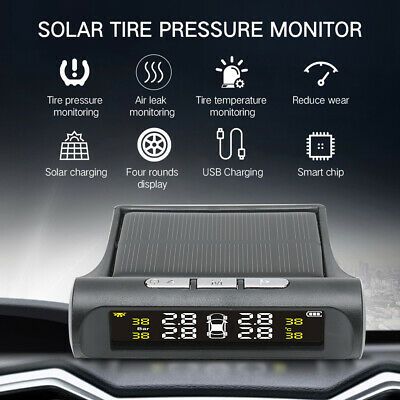
Also, the TPMS system gives an error when you install new wheels or rearrange them.
When, after these steps, a tire pressure error appeared, indicating unbalance, you should reset the settings, and then set the basic parameters. In this case, the control signal may remain even if the basic settings have been selected.
Why such problems may occur:

See also
Velcro or spikes: which rubber is better for the Russian winter?
Read more
How to reset tire pressure error? To begin with, imagine that the TPMS system is working properly and the blinking light indicates a problem with the undercarriage of the machine. The first thing you should do is slowly release the gas. You can not brake sharply, turn the steering wheel. After the car has stopped, inspect the tires to make sure the rubber is not punctured or broken. Then you can check if the tire pressure is normal.
Then you can check if the tire pressure is normal.
Pay attention! The TPMS will not always show a tire pressure error. For example, if the tires are slowly deflating, the system will not inform you about the problem. In the same way, she will not notice the error if the tire pressure starts to drop rapidly. This usually happens when a tire ruptures. This feature of the TPMS system is explained by the specifics of identifying and counting nonconformities.
However, in some cases, it happens that the TPMS system indicator is on, but the tires are in perfect condition. How to reset tire pressure error? We understand.
The complex TPMS system in some cases starts to work incorrectly. Usually, car owners observe the following picture: a tire pressure error is displayed on the display (the tire is underinflated), but in reality everything is fine with the wheel. You have to reset the tire pressure error.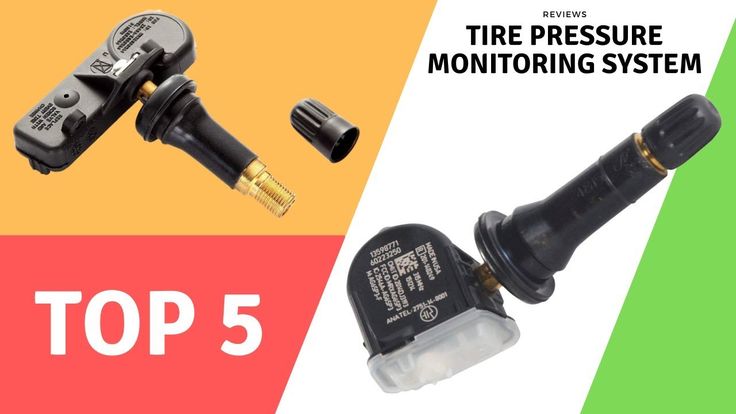 Otherwise, the TPMS system starts to work incorrectly.
Otherwise, the TPMS system starts to work incorrectly.
Photo: Shutterstock
You also have to reset the tire pressure error when there is radio interference from high voltage power lines. Or when sources of radio signals are located in the immediate vicinity. But as soon as you move away from them, the pressure error disappears and the system begins to function properly.
The reason for the malfunction may lie in the sensor, which is "failed". This damage cannot be easily repaired. How to reset a tire pressure error if the sensor flashes, while you hear a beep, lose your vigilance and find it difficult to drive a car? There are 4 ways to fix this problem.
To reset the error, pick up a speed of 80 km / h and continue driving for another 15 kilometers.
This method is the easiest to implement. If your car has this feature, then turn on the cruise control so that the speed does not change. Depending on the model of your car, you will be able to reset the tire pressure error at a speed that exceeds the specified one. After you cover a distance of 15-20 kilometers, maintaining the same speed of 80 km / h, make a stop. Turn off the motor. When you start it again, the tire pressure error will disappear.
After you cover a distance of 15-20 kilometers, maintaining the same speed of 80 km / h, make a stop. Turn off the motor. When you start it again, the tire pressure error will disappear.
Popular articles
How to choose a subwoofer for your car
19.12.2022
1629
From top to bottom, obliquely: how to degrease a car body before painting
12/15/2022
1589
Chic, shine, beauty: how to remove scratches on a car with your own hands
9.12.2022
1411
Without damage: how to reduce the fuel consumption of your car
11/29/2022
901
How much do they pay for advertising on a car
11/25/2022
4226
Press the tire pressure monitoring system (TPMS) reset button on your car and you will be able to reset the error.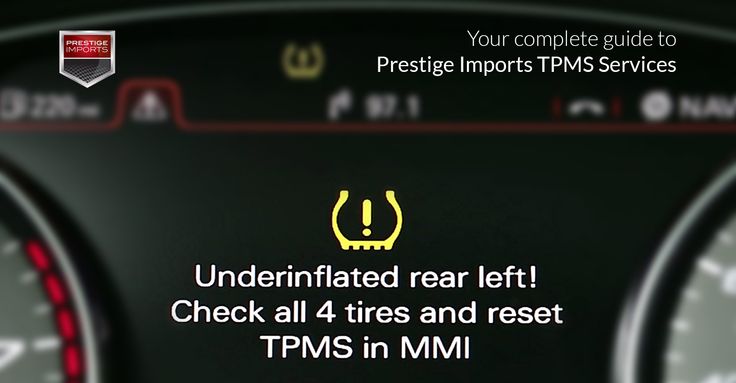
It does not matter what type of low pressure warning system is used. In any case, there will be a sensor on each wheel of your car. Sometimes it may be necessary to reboot the touch system of the car. Read the owner's manual for the vehicle. It contains information on how to reset a tire pressure error. Most often, the instructions indicate which button to press to reset.
The ignition key must be in the lock. No need to start the car, just turn it to the “on” (“ON”) position. Then press and hold the reset button, which may be under the steering wheel. We are waiting for the low pressure indicator to flash 3 times. After that, you can release the button. We start the car, it should work for 20 minutes. After this time, the computer will calibrate the sensors on the wheels. Now you can turn off the car.
Read also
""
Read more
Lower and then re-inflate the wheels.
Failed to reset tire pressure error using the previous method? Then we inflate all tires to 0.2 bar, this is the pressure that should be according to the recommendations of car manufacturers. Did the error go away? Then we lower the pressure in the tires completely.
Now we pump up the wheels again. The pressure in them should be the same as indicated on the driver's door pillar or in the car's operating instructions. When there are sensors on the wheels, you need to remember about the spare tire. Now you need to drive about 3-5 kilometers, adhering to a speed of 25 km per hour. So you can reset the tire pressure error.
Remove the battery terminals and then connect it to reset the error.
Each car has a computer that receives data from all kinds of vehicle sensors, including TPMS system sensors. However, any electronics can fail. To reset the error, you will have to reboot the system, for which you need to turn off the power.
Photo: Shutterstock
To do this, open the hood. The battery is located under the hood. Disconnect the negative terminal from it. To perform this operation, use a wrench. Then sit in the driver's seat, turn the key to the "ON" position, but do not start the car. Now you need to press the signal for 3 seconds. This will use up the energy that remains in the electrical system of the machine. Then reconnect the battery. This way you can reset the error.
Sensors keep track of tire pressure. However, you need to be sure that they function properly. Of course, you do not need to constantly walk around with a special measuring device and find out the status of the sensors. It just needs to be calibrated from time to time.
It is performed quite simply. The most important thing to remember is that, depending on the make and model of your car, for each wheel there are pressure parameters strictly defined by the manufacturer for winter and summer. These values should be given to the sensors. How the installation and configuration will be performed depends on the controller used.
For current promotions on the Halva card, which will help you profitably purchase household appliances, you can follow here.
To prevent a tire pressure error from appearing, it is important to calibrate (adjust the TPMS system) every time a change is made. For example, when you installed a new set of wheels, repaired tires, did balancing, and the like. Using TPMS controllers is quite simple. The main thing is to read the instructions for use of the device. And make sure that the tire pressure is the one recommended by the car manufacturer.
See also
"What tires can be put on rims 14, 15 and 16: professional advice"
Read more
Every car owner gets annoyed if the tire pressure error icon lights up on the dashboard.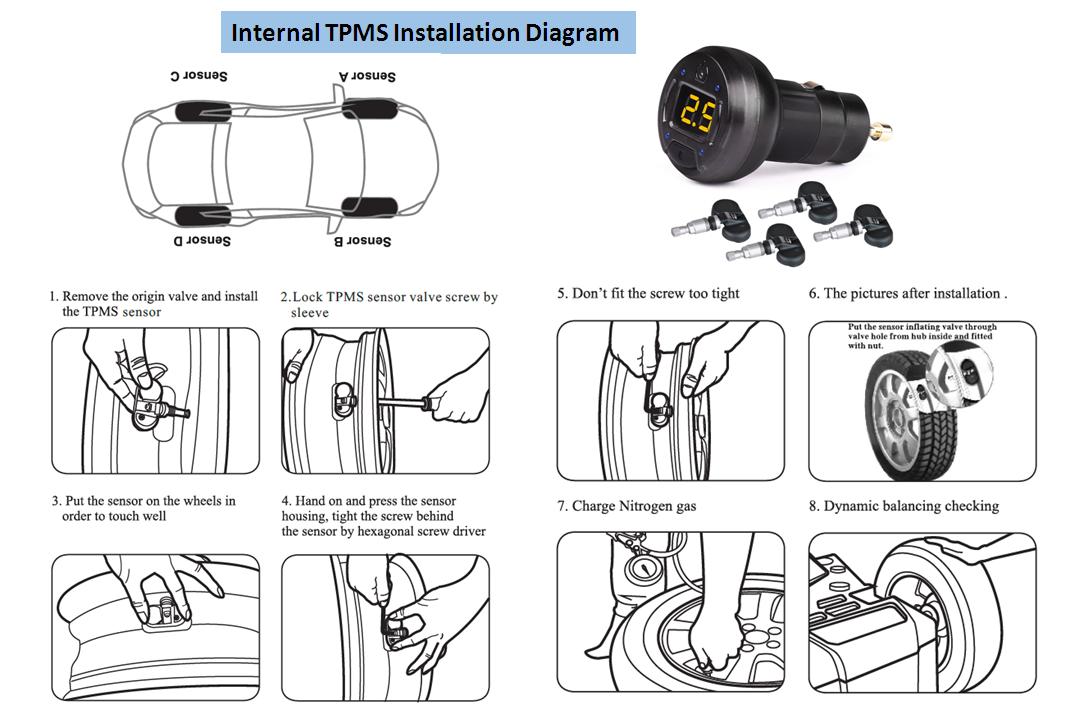 This indicator informs you that something is wrong with the wheels. However, even if the tire pressure is optimal, the tire pressure error must be reset.
This indicator informs you that something is wrong with the wheels. However, even if the tire pressure is optimal, the tire pressure error must be reset.
The fact is that if the TPMS system icon constantly signals insufficient pressure, the driver will not be able to know when the rubber will actually begin to deflate. Driving becomes dangerous for both you and other road users. It is necessary to find out the cause of the malfunction as soon as possible and reset the tire pressure error. This is the only way to operate the vehicle safely.
TPMS or Tire Pressure Monitoring System is a set of equipment commonly found in modern vehicles. Its main job is to alert you if there are problems with tire pressure. For example, one tire has lost pressure - in this case it is not safe to drive, but the system will inform you about this, and you can inflate the wheel to avoid steering problems.
But sometimes the system does not work correctly. Some sensors may fail or the system needs to be rebooted. In this case, you may see a blinking or simply lit tire pressure error indicator on the dashboard. Resetting the pressure monitoring system will help you solve the problem if the sensor is working.
Some sensors may fail or the system needs to be rebooted. In this case, you may see a blinking or simply lit tire pressure error indicator on the dashboard. Resetting the pressure monitoring system will help you solve the problem if the sensor is working.
Please note that different vehicles may have different TPMS reset methods, so you may need to try several of them before you know the most effective one.
Initially, you will just need to hold the tire pressure sensor reset button for a few seconds until the pressure indicator flashes three times and then turns off. But sometimes it doesn't help much. So we found other ways to calm down the pressure control system.
First, locate the TPMS reset button, which is usually located somewhere under the steering wheel. Start the car, press and hold the button for 3 seconds. Then drive at a speed of 80 km/h for approximately 10 minutes. Of course, you will need to find a suitable track for this.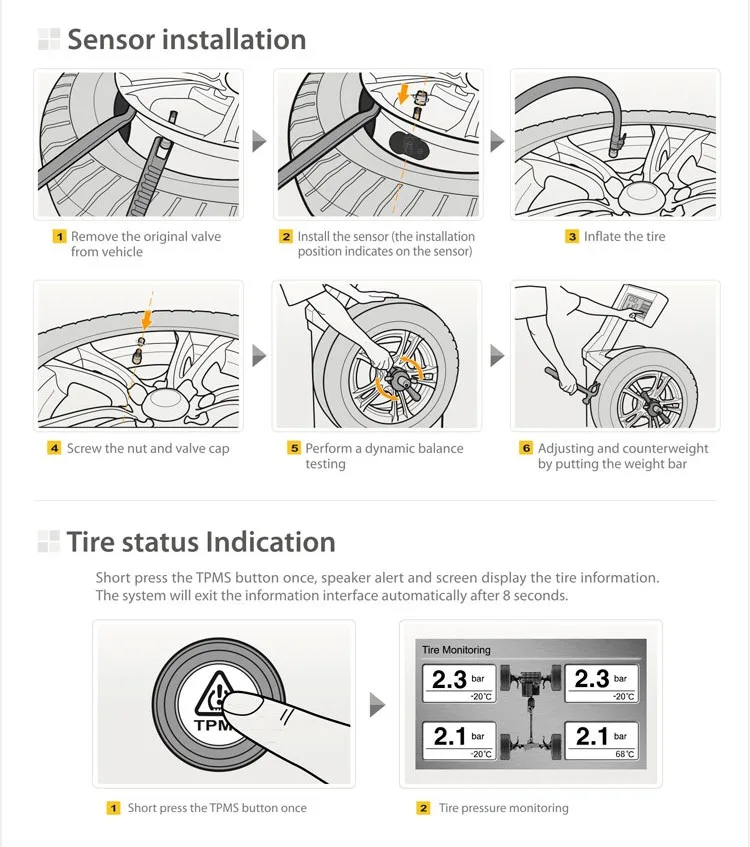 Steady driving is an important part of resetting tire pressure sensors this way. Of course, before this operation, you will need to inflate the tires to the required pressure.
Steady driving is an important part of resetting tire pressure sensors this way. Of course, before this operation, you will need to inflate the tires to the required pressure.
In some vehicles, you will need to drive on any road and at any speed for 20 minutes after resetting the sensors, as long as you do not turn off the engine.
So, start the car, press the reset button and hold it for three seconds. Do not turn off the engine until 20 minutes have passed. You can drive or just let the engine idle for 20 minutes. This method of resetting pressure sensors should work for most vehicles. Again, inflate the tires to the correct pressure before resetting the system.
If the simple methods don't work with your machine, try another method. Start the engine so that the tire pressure monitoring system can register the changes. Then inflate the tire 0.2 bar above the recommended level. After a minute, completely deflate the tire.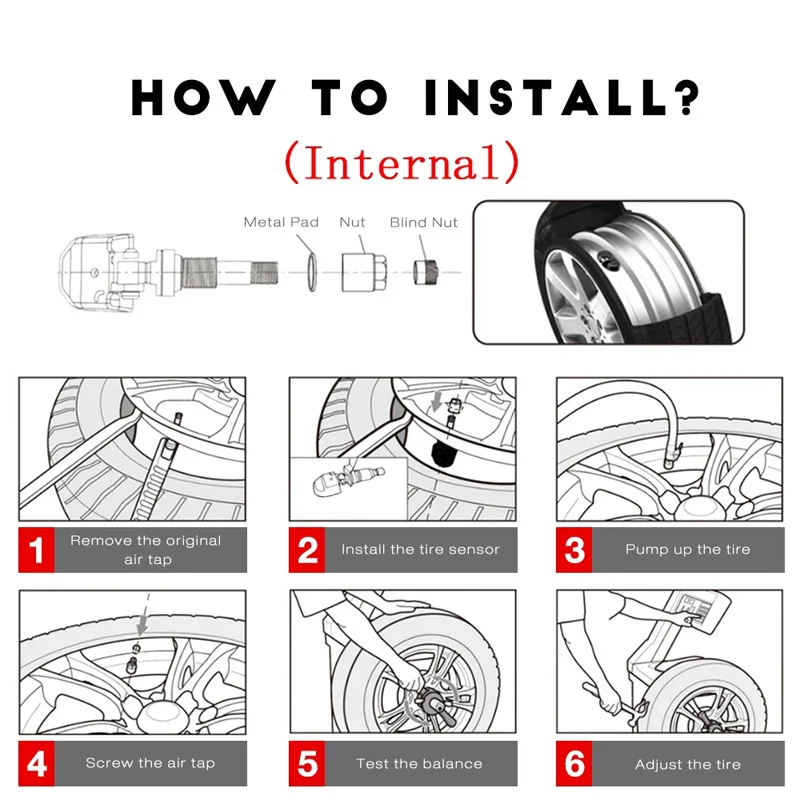 Wait one more minute to reset the sensors. Then inflate the tire to the optimum pressure level and let the engine run for another minute. The indicator should stop flashing.
Wait one more minute to reset the sensors. Then inflate the tire to the optimum pressure level and let the engine run for another minute. The indicator should stop flashing.
The idea is to reset the entire engine electronics system by cutting off the power supply from the battery. First, make sure all tires are at the correct pressure. After that, turn off the engine, open the hood and disconnect both terminals from the battery. Wait 10-15 minutes. Reconnect the battery and turn on the ignition to check if the indicator lamp goes out.
If the above methods do not work with your vehicle, there is another option. Find a manual for your car or open a forum thread that talks about resetting tire pressure sensors in your car. Look for the combination of steps the manufacturer recommends to reset the TPMS system. Sometimes the combination can be quite strange and even complex.
If all methods fail and the error light continues to flash, the problem may be with the sensors. It is the blinking signal of the tire pressure lamp that often indicates a sensor malfunction. If there is a problem with tire pressure, usually the light will just come on and not blink.
It is the blinking signal of the tire pressure lamp that often indicates a sensor malfunction. If there is a problem with tire pressure, usually the light will just come on and not blink.
So if the light is flashing, one of the sensors may be faulty. Replacing the element is not so easy because it is under the tire. The tire must be removed from the rim to replace the sensor.
After replacement, you will still need to reset the pressure control system for the new sensor to work. Otherwise, the indicator will flash or light up.
Where is the reset button for the tire pressure sensors?
The button is often located directly below the steering wheel. But there may be different options. If you don't find the TPMS reset button there, look around the steering wheel - it should be somewhere in this area.
Difficult to say for all vehicles, but for most vehicles, the travel time before the tire pressure monitoring system resets should be at least 10-15 minutes. If you turn off the engine earlier than 10 minutes after pressing the reset button, the TPMS will still send some error signals the next time the engine is started.
If you turn off the engine earlier than 10 minutes after pressing the reset button, the TPMS will still send some error signals the next time the engine is started.
Drivers occasionally upgrade tires and wheels to larger ones and want their stock pressure control modules to work properly. The problem is that larger or flat-ride tires will have a different optimum pressure level, so the original gauges will always show an error on your dashboard.
One way to solve the problem is to buy other sensors adjusted to the correct tire pressure. Another way is to reset the control system in your car at the service station. Just check which option will be cheaper for you.
It's hard to say why manufacturers haven't added an option to automatically reset tire pressure sensors in cars. In most post-2015 vehicles, the TPMS is autonomous enough that it won't bother you much with reset requests.